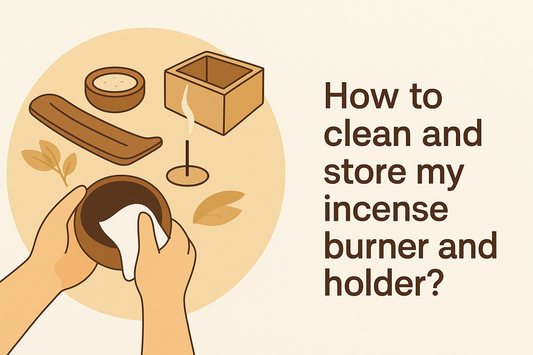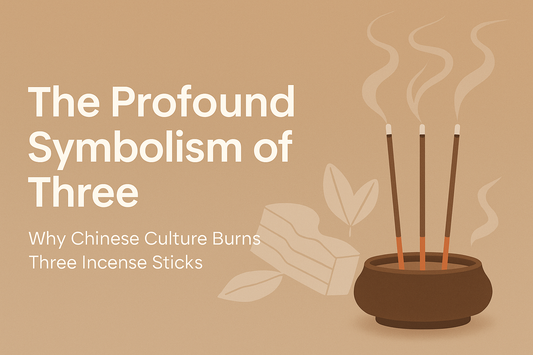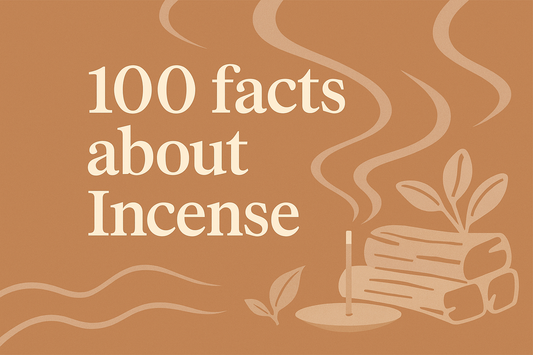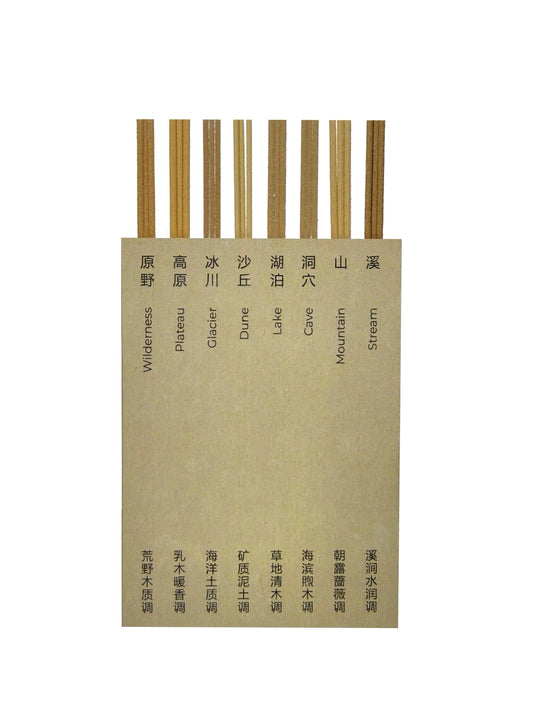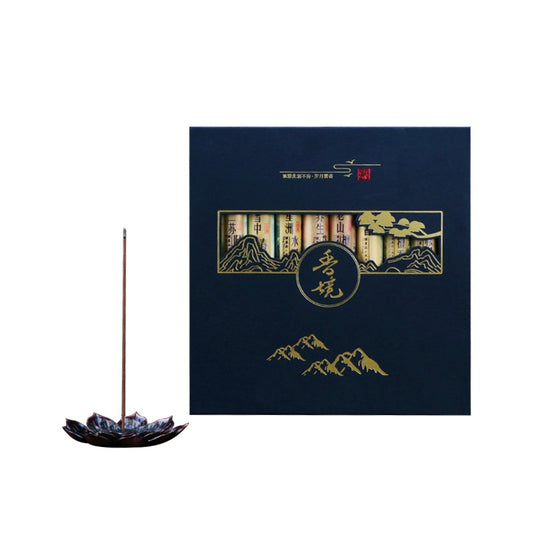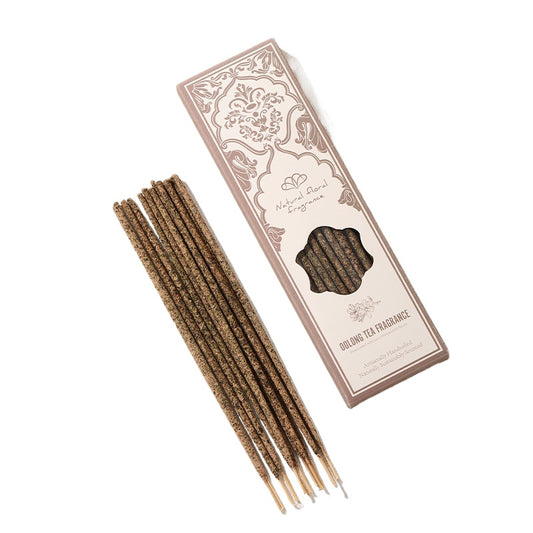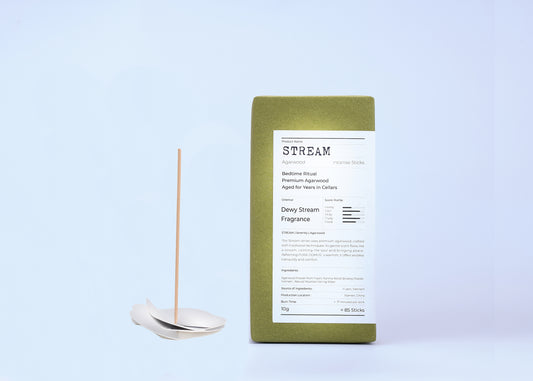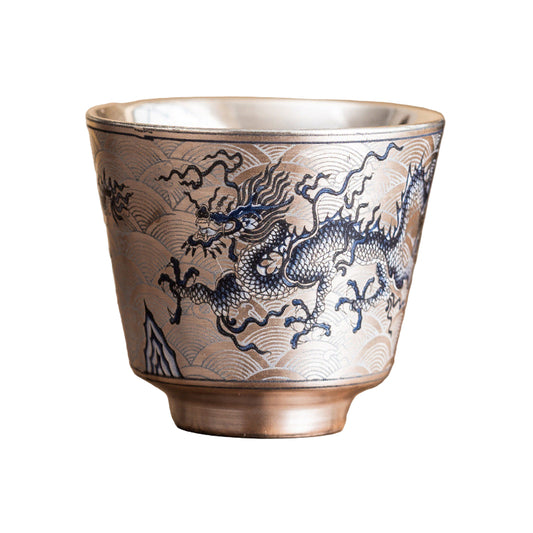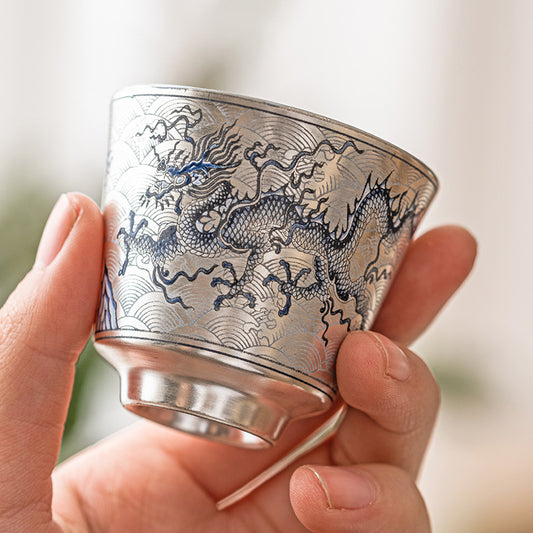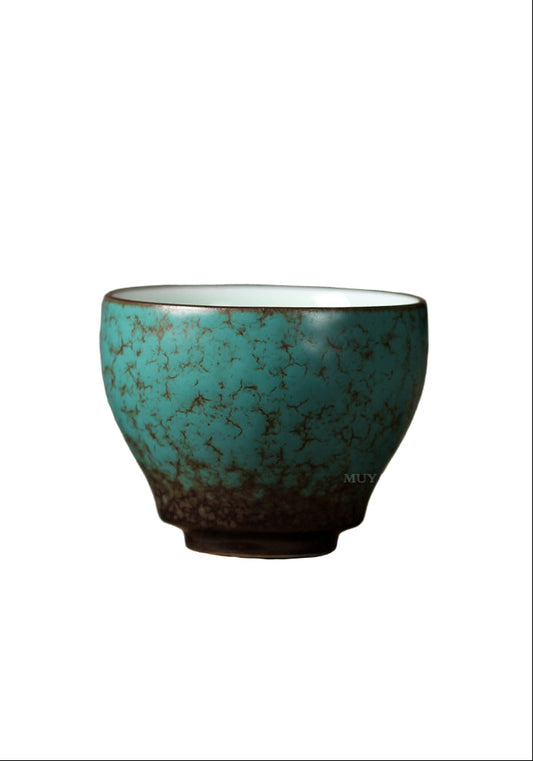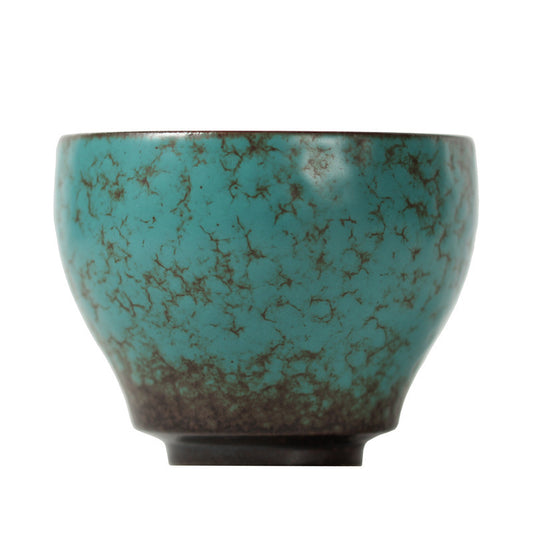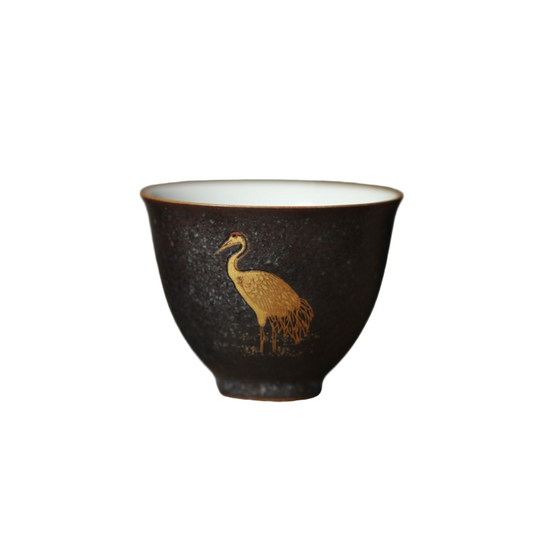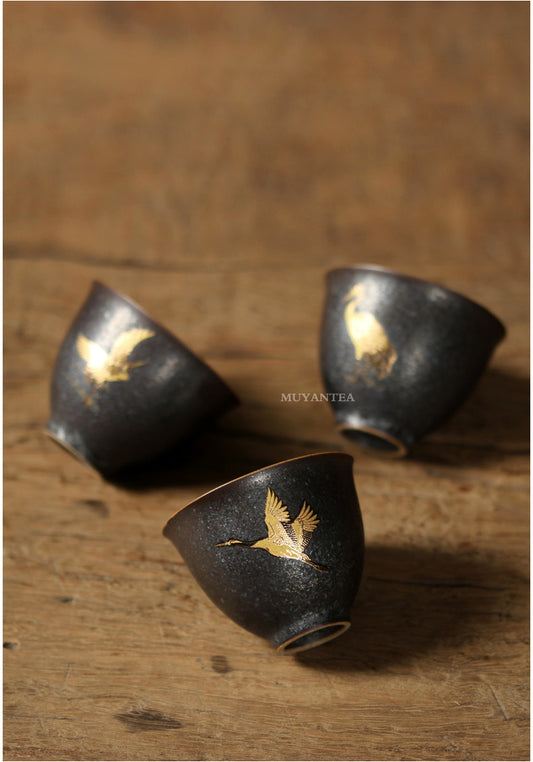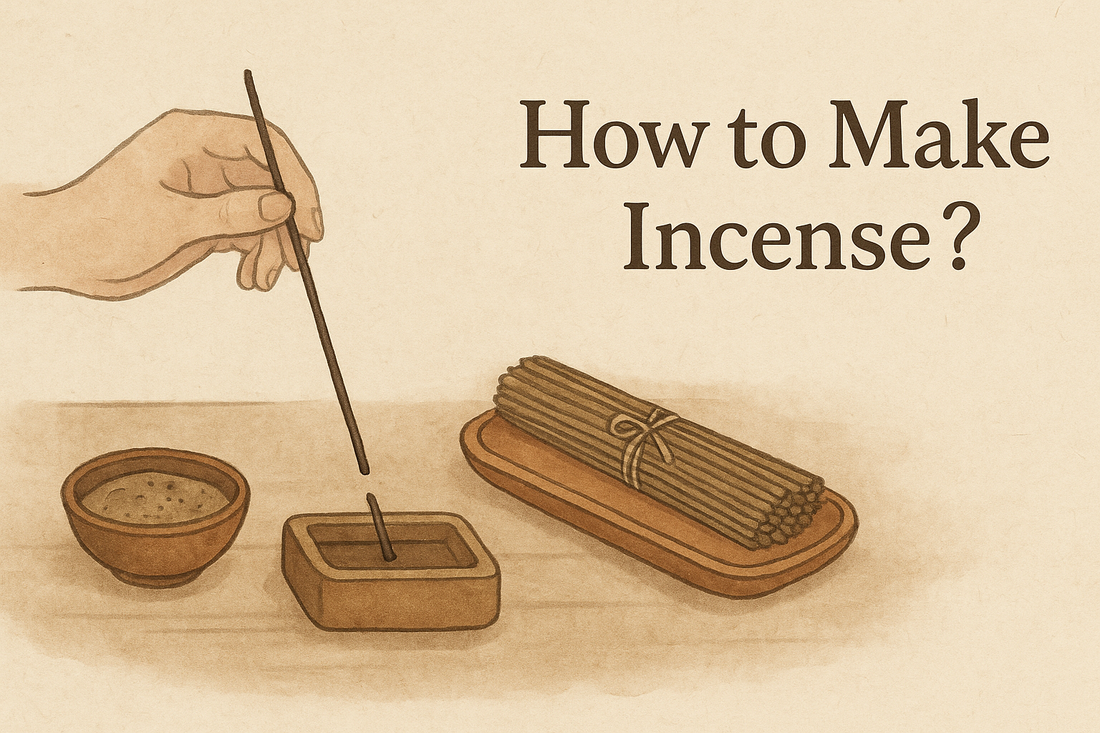
How To Create Your Own Incense Recipes From Ancient Traditions
How to Make Chinese Incense: Your Guide to Authentic Aromatic Crafting
Ever wondered about the magic behind that fragrant wisp of smoke? The kind that transports you to a serene temple in Sichuan or a bustling market in Beijing? I’m talking about traditional Chinese incense, a world away from those mass-produced sticks. If you’re like me, you appreciate authenticity, and you’ve probably thought, “Could I actually make this myself?” The answer, my friend, is a resounding yes. This isn’t some mystical, unattainable art reserved for ancient masters. It’s a craft rooted in centuries of tradition, surprisingly accessible, and incredibly rewarding. We’re going to demystify the process, focusing on the practical steps and the science behind the scents, not on any unsubstantiated claims. Forget the guesswork. Let’s get down to brass tacks and build something truly special, whether you’re in a quiet London flat or a spacious Sydney workshop.

The Foundation: Understanding Your Ingredients Chinese incense ingredients traditional making
Before we dive into the mixing bowl, let’s talk about what goes into a truly authentic Chinese incense. Unlike some modern variations that rely on essential oils, traditional Chinese incense primarily uses finely ground natural powders. Think of it as building a culinary masterpiece; each ingredient plays a crucial role in the final aroma and burn.
The Aromatic Stars: Resins, Woods, and Herbs incense making aromatic materials Chinese
These are the heart and soul of your incense. They provide the distinct fragrances and are chosen for their unique properties. We’re talking about natural, unadulterated materials. Here are some of the key players you’ll encounter:
- Agarwood : The king of incense woods. Its deep, complex, and grounding aroma is highly prized. It’s formed when certain trees are infected with a specific mould, producing a dark, resinous wood. This isn’t cheap, but a little goes a long way.
- Sandalwood: Sweet, creamy, and woody. Often used for its calming and meditative qualities. Look for high-quality Indian or Australian sandalwood for the best results.
- Frankincense and Myrrh : These ancient resins offer warm, balsamic, and slightly spicy notes. They’re often used together for their complementary aromas and historical significance.
- Camphor : Provides a fresh, sharp, and slightly medicinal note. Used sparingly, it can add a bright top note to your blend.
- Cinnamon and Clove: Common spices that add warmth and sweetness. They’re readily available and can provide a comforting base.
- Patchouli : Earthy, musky, and grounding. A little can add depth and longevity to your scent.
The Unsung Heroes: Binders and Combustibles incense binders natural combustibles
These ingredients are crucial for holding your incense together and ensuring it burns evenly. Without them, you’d just have a pile of fragrant dust.
- Nanmu Powder (楠木粉) or Tabu No Ki Powder: This is the traditional go-to binder for Chinese incense. It’s derived from the bark of certain trees and acts as both a binder and a combustible agent, allowing the incense to burn smoothly without external support.
- Elm Bark Powder (榆木粉 - yúmùfěn): Another traditional Chinese binder, similar in function to Nanmu powder. It helps create a pliable dough and contributes to the burn.
- Makko Powder: While more commonly associated with Japanese incense, Makko is a type of bark powder that serves the same purpose: binding and ensuring a steady burn. It’s a good alternative if traditional Chinese binders are hard to source in your area, say, a small town in the Scottish Highlands.
The Toolkit: What You’ll Need incense making tools DIY
You don’t need a fancy laboratory to make incense. Most of what you’ll require can be found in your kitchen or a local craft store. Here’s a quick rundown:
- Mortar and Pestle or Coffee Grinder: For grinding your aromatic ingredients into a fine powder. The finer the powder, the smoother your incense will be.
- Mixing Bowl: A non-reactive bowl for combining your ingredients.
- Measuring Spoons and Cups: Precision matters, especially when you’re experimenting with ratios.
- Distilled Water: Essential for creating your incense dough. Tap water can introduce impurities.
- Gloves: To protect your hands from staining and to keep your ingredients pure.
- Drying Rack: A simple screen or mesh rack for air-drying your finished incense.
- Optional: Incense Moulds or Extruders: For creating uniform sticks or cones. You can also hand-roll them, which is part of the charm!
The Process: Step-by-Step Incense Crafting how to make Chinese incense step by step
Now for the fun part. Making incense is a meditative process in itself. Take your time, enjoy the aromas, and connect with the materials.
Step 1: Prepare Your Aromatic Powders grinding incense ingredients
This is where quality truly shines. Start with your chosen aromatic woods, resins, and herbs. Grind them into the finest powder possible. The consistency should be like flour. Any larger pieces will create an uneven burn and affect the aroma. For example, if you’re using a piece of agarwood, break it into smaller chips before grinding. Patience here pays off.
Step 2: Measure and Mix Dry Ingredients incense dry mix ratio
This is where your recipe comes into play. A good starting point for a basic incense stick is a ratio of about 70-80% aromatic powders to 20-30% binder. For example, if you want to make 100 grams of incense, you might use 70 grams of sandalwood powder and 30 grams of Nanmu powder. Mix these dry ingredients thoroughly in your bowl until they are uniformly combined. Imagine you’re a perfumer, meticulously blending notes to create a symphony of scent.
Step 3: Gradually Add Water to Form a Dough incense dough consistency water
This is the most critical step for consistency. Slowly, very slowly, add distilled water to your dry mixture, a few drops at a time. Mix continuously, either with your hands (wearing gloves!) or a sturdy spoon. You’re aiming for a dough-like consistency that is firm but pliable, similar to playdough or bread dough. It should not be sticky or crumbly. If it’s too dry, add a tiny bit more water. If it’s too wet, add a little more binder powder. This requires a feel for the material, something you’ll develop with practice. Think of it like kneading dough for a perfect loaf of bread in a cosy Cotswolds kitchen.
Step 4: Knead the Dough kneading incense dough
Once you have a rough dough, turn it out onto a clean, non-porous surface. Knead it vigorously for 5-10 minutes. This develops the binder’s properties and ensures all ingredients are fully integrated. The dough should become smooth, elastic, and uniform. This kneading process is vital for a good burn and consistent aroma. It’s a bit of a workout, but worth it.
Step 5: Shape Your Incense shaping incense sticks cones coils
Now for the creative part! You have several options for shaping:
- Sticks: The most common form. You can use an extruder to push the dough through a small opening, creating long, thin strands. Alternatively, hand-roll small portions of dough into thin sticks. Aim for an even thickness for consistent burning.
- Cones: Roll a small ball of dough and then shape it into a cone. Ensure the base is flat so it stands upright.
- Coils: Roll thin strands and then coil them into spirals. These burn for a longer duration.
- Moulds: For more intricate shapes, press the dough into silicone or wooden moulds.
Step 6: Dry Your Incense drying incense proper method
This step requires patience. Air-dry your incense slowly and evenly in a cool, dry, well-ventilated area, away from direct sunlight or drafts. This prevents cracking and ensures a complete cure. Depending on the humidity and thickness of your incense, this can take several days to a few weeks. Don’t rush it! Proper drying is crucial for a good burn. Imagine the gentle sea breeze drying your creations in a Cornish coastal home.
Common Questions: Making Chinese Incense (FAQ) DIY Chinese incense FAQs
Let’s tackle some common questions that pop up when you’re embarking on this aromatic adventure.
Q: Can I use essential oils in my Chinese incense? essential oils traditional Chinese incense
A: Traditionally, Chinese incense relies on the natural aromas released from the burning of finely ground aromatic woods, resins, and herbs. Essential oils are a modern addition and are not part of classical Chinese incense making. While you *can* experiment with them, be aware that they can alter the burn characteristics and the overall aromatic profile. If you’re aiming for authenticity, stick to powders. If you do use oils, ensure they are high-quality and natural, and add them sparingly to your water before mixing.
Q: How do I know if my incense is dry enough to burn? incense drying test burn
A: Your incense is ready when it feels completely dry and rigid to the touch. It should snap cleanly if you try to bend a stick, rather than bending or crumbling. A good test is to try burning a small piece. If it burns evenly and consistently without sputtering or self-extinguishing, it’s likely ready. If it struggles to stay lit or produces excessive smoke, it needs more drying time. Patience is key here; rushing the drying process is a common pitfall.
Q: Where can I source traditional Chinese incense ingredients? sourcing Chinese incense ingredients UK Australia
A: Sourcing high-quality, authentic ingredients can be a challenge, but it’s not impossible. Look for reputable suppliers of traditional Chinese herbs and incense materials. Online specialty stores are often your best bet. In the UK, explore suppliers that cater to traditional Chinese medicine practitioners or esoteric shops. In Australia, look for similar outlets or import specialists. Always ask about the origin and purity of the materials. Building relationships with reliable suppliers is crucial for consistent quality.
Q: Is making my own incense cost-effective? cost of making incense DIY vs buying
A: Initially, the cost of sourcing individual high-quality ingredients might seem higher than buying pre-made incense. However, in the long run, especially if you plan to make incense regularly, it can be more cost-effective. More importantly, it gives you complete control over the quality and purity of your ingredients, ensuring no synthetic additives. The true value lies in the satisfaction of creating something beautiful and authentic with your own hands, and the ability to customise blends to your exact preference. It’s an investment in a rewarding hobby and a deeper connection to an ancient art.
The MonianLife Philosophy: Crafting Connection, One Scent at a Time MonianLife philosophy handmade incense
At MonianLife, we believe in the power of intention and the beauty of creation. Our journey into the world of incense is about more than just products; it’s about fostering a deeper connection to ancient wisdom and the natural world. When you craft your own Chinese incense, you’re not just mixing powders and water; you’re engaging in a mindful practice that has been passed down through generations. You’re creating something that carries your energy, your intention, and your appreciation for the subtle art of aroma. We meticulously craft our handmade incense with the same dedication to purity and tradition, ensuring that every piece offers an authentic and enriching experience. We’ve seen countless individuals, from bustling city dwellers in Birmingham to serene artists in Bristol, discover profound moments of calm and focus through the simple act of engaging with natural incense. This isn’t just about making something; it’s about making a difference in your daily ritual, fostering peace, and elevating your space.
So, whether you choose to embark on your own incense-making journey or explore our curated collection, remember the essence of this ancient art: intention, purity, and connection. Embrace the aromatic path, and let the subtle power of Chinese incense enrich your life, anywhere you want.
Discover More in Monian
Explore our handcrafted incense holders and natural incense collections designed to bring peace and elegance to your space.
Discover NowReferences
- [1] Kin Objects. (n.d.). How To Create Your Own Incense Recipes From Ancient Traditions. Retrieved from https://kinobjects.com/blogs/news/how-to-create-your-own-incense-recipes
- [2] Memoricall. (2025, March 6). How to Make Incense Sticks: The Art of Chinese Incense Making. Retrieved from https://www.memoricall.com/blogs/guide/how-to-make-incense-sticks
- [3] Kin Objects. (n.d.). What's in Chinese Incense? Eight Principal Ingredients Through History. Retrieved from https://kinobjects.com/blogs/news/chinese-incense-principal-ingredients-through-history
- [4] The Incense Dragon. (n.d.). How To Make Natural Incense. Retrieved from https://www.theincensedragon.com/how-to-basics



